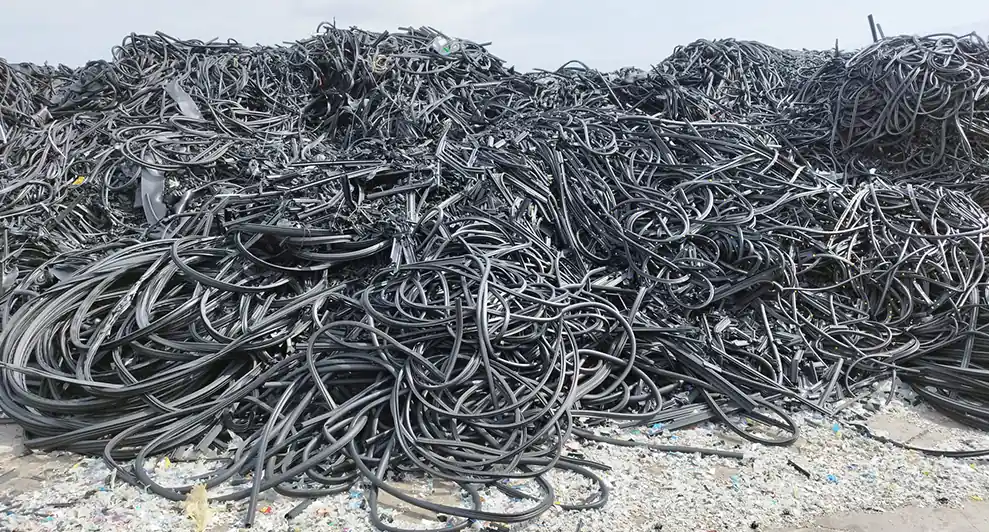The process of transforming waste derivatives into fuel in rubber consists of taking advantage of the thermal energy or calorific value of rubber waste that cannot be recycled or reused, and turning it into a biofuel called biogas. This biogas can be used in industrial, domestic and even transport environments.
The process is carried out through a thermochemical treatment, which can be pyrolysis, gasification or incineration.
These methods consist of subjecting the waste to high temperatures, with or without oxygen, to obtain a combustible gas of renewable origin.
The biogas obtained has a lower carbon footprint than fossil fuels and contributes to reducing the amount of waste that ends up in landfills.





